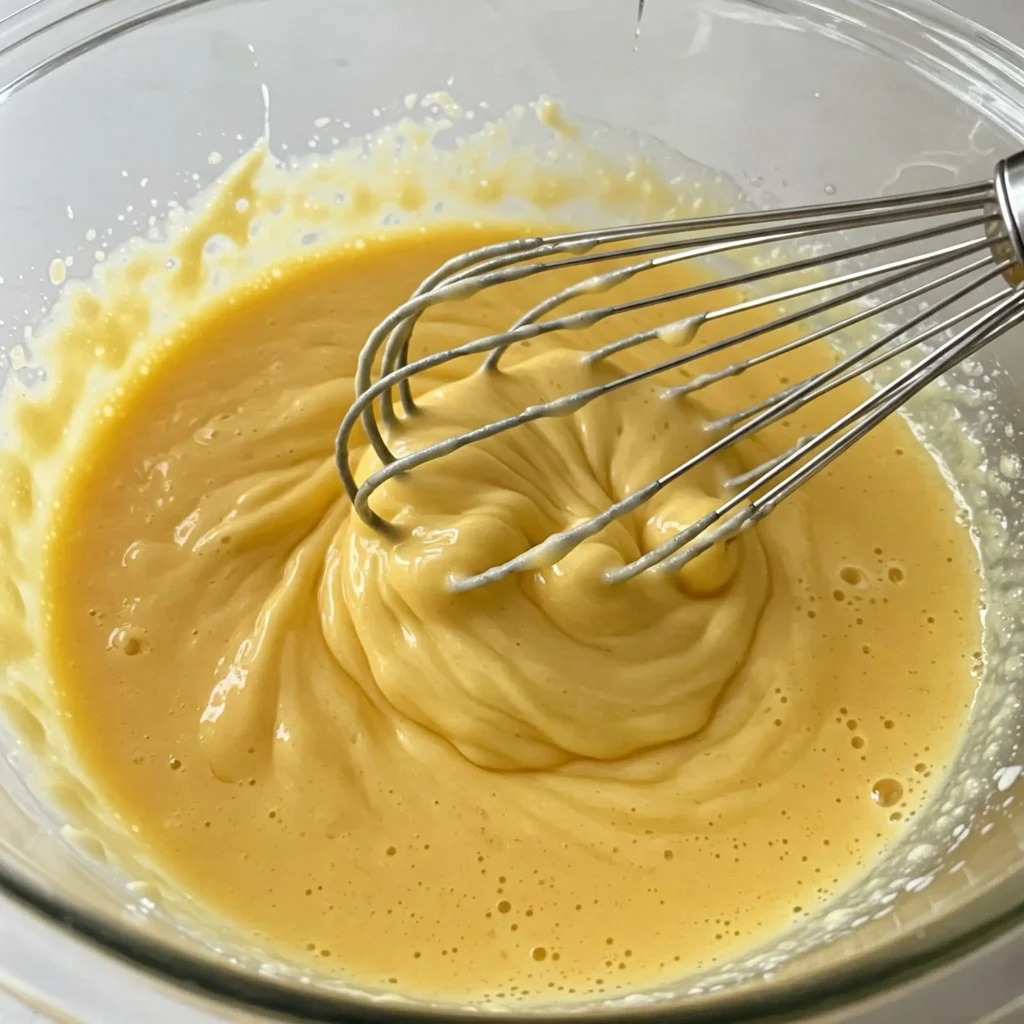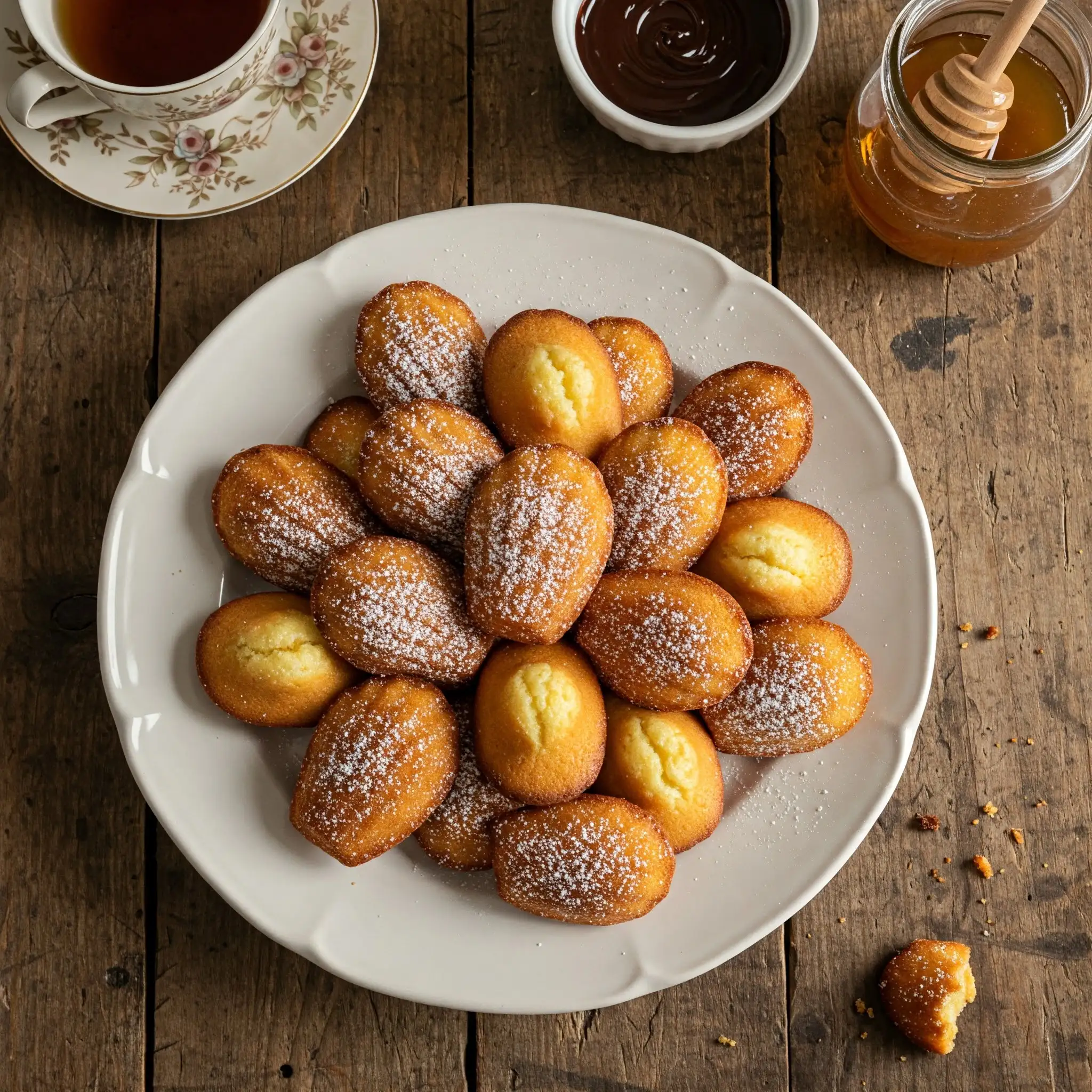There’s something undeniably enchanting about the delicate, shell-shaped Madeline cookies. The first time I tasted one, I was transported to a quaint French café, where the aroma of freshly baked goods mingled with the rich scent of coffee. These little treats are not just cookies; they are a delightful experience that combines a light, airy texture with a buttery flavor that melts in your mouth.
Whether enjoyed with a cup of tea or as a sweet snack on their own, Madelines have a way of satisfying even the most discerning sweet tooth. Baking Madelines is an adventure in itself. The process is simple yet rewarding, and the end result is a batch of cookies that look as beautiful as they taste.
I remember the first time I attempted to make them; I was nervous but excited. The anticipation of pulling those golden-brown shells from the oven was palpable. As I took my first bite, I knew I had stumbled upon a recipe that would become a staple in my kitchen.
Key Takeaways
- Overmixing the batter can result in tough and dense Madeline cookies
- Using cold eggs and butter can prevent the batter from properly incorporating and rising
- Overfilling the Madeline molds can cause the cookies to spread and lose their classic shape
- Baking at too high of a temperature can cause the cookies to brown too quickly and become dry
- Storing Madeline cookies in a humid environment can cause them to become soggy and lose their delicate texture
The History and Origin of Madeline Cookies
Madeline cookies have a rich history that dates back to the 18th century in France. Legend has it that these delightful treats were named after a young girl named Madeleine Paulmier, who baked them for the Duke of Lorraine. The story goes that the duke was so enamored with the cookies that he brought the recipe back to his court, and thus, the Madeline was born.
This charming tale adds a layer of nostalgia to each bite, making them feel like a piece of history. As I delved deeper into the origins of Madelines, I discovered that they are often associated with the literary world as well. Marcel Proust famously wrote about them in his novel “In Search of Lost Time,” where he described how the taste of a Madeline dipped in tea transported him back to his childhood.
This connection between food and memory resonates with me; every time I bake these cookies, I am reminded of family gatherings and cozy afternoons spent with loved ones.
Ingredients You Need to Make Madeline Cookies
To create these delightful cookies, you’ll need a handful of simple ingredients that come together to form something truly special. The base includes eggs, sugar, flour, butter, and baking powder. Each ingredient plays a crucial role in achieving that signature lightness and flavor.
I remember the first time I gathered my ingredients; it felt like preparing for a small culinary adventure. One ingredient that stands out is the butter. Using high-quality unsalted butter makes all the difference in flavor.
I’ve experimented with different brands and I can confidently say that the richer the butter, the more decadent your Madelines will taste. Additionally, you can add a hint of vanilla extract or lemon zest for an extra layer of flavor that elevates these cookies from ordinary to extraordinary.
Step-by-Step Instructions for Baking Madeline Cookies

| Ingredients | Quantity |
|---|---|
| Butter | 1/2 cup |
| Granulated sugar | 1/2 cup |
| Eggs | 2 |
| All-purpose flour | 1 cup |
| Baking powder | 1/2 tsp |
| Vanilla extract | 1 tsp |
| Salt | 1/4 tsp |
Baking Madelines is a straightforward process that even novice bakers can master. First, preheat your oven to 375°F (190°C) and prepare your Madeline pan by greasing it lightly. In a mixing bowl, whisk together the eggs and sugar until they become pale and frothy.
This step is crucial; it’s what gives your cookies their airy texture. I remember standing at my kitchen counter, whisking away, feeling like a true pastry chef. Next, gently fold in the melted butter and dry ingredients until just combined.
Be careful not to overmix; this is where many bakers go wrong. Once your batter is ready, spoon it into the prepared molds, filling each shell about three-quarters full.
Bake for about 10-12 minutes or until they are golden brown and spring back when touched.
The aroma wafting through my kitchen during this time is something I always look forward to—it’s pure bliss.
Tips and Tricks for Perfecting Your Madeline Cookies

To achieve perfect Madelines every time, there are a few tips and tricks I’ve picked up along the way. First and foremost, chilling your batter for at least an hour before baking can significantly improve the texture of your cookies. This step allows the flour to fully absorb the liquid ingredients, resulting in a more tender cookie.
I often find myself preparing the batter in advance so that I can bake them fresh whenever I have guests over. Another essential tip is to ensure your Madeline pan is well-greased and floured before adding the batter. This prevents sticking and ensures that your cookies come out with their beautiful shell shape intact.
I learned this lesson the hard way when my first batch stuck stubbornly to the pan, leaving me with crumbled remnants instead of perfect shells. Now, I take extra care with this step, and it has made all the difference.
Variations and Flavors to Try with Madeline Cookies
Matcha Magic
One of my favorite adaptations is adding matcha powder to the batter, which creates a beautiful green hue and an earthy flavor that pairs wonderfully with white chocolate chips. I’ve served these at gatherings and they’re always an instant hit!
Citrus Twist
Another variation worth trying is infusing your batter with citrus zest. Lemon or orange zest adds brightness and freshness that elevates the cookie’s flavor profile. You can also experiment with different citrus combinations to find your perfect blend.
Get Creative with Toppings
To take your Madelines to the next level, try dipping them in chocolate or drizzling them with icing for an extra touch of sweetness. Each variation brings its own charm, making it easy to experiment and find your personal favorite.
Serving and Storing Your Madeline Cookies
Madelines are best enjoyed fresh out of the oven, but they can also be stored for later enjoyment. Once cooled, place them in an airtight container at room temperature for up to three days. If you want to keep them longer, consider freezing them; they freeze beautifully!
Ensure you place parchment paper between each layer to avoid them sticking together. When it comes to serving, I love presenting my Madelines on a beautiful platter alongside a steaming pot of tea or coffee. They make for an elegant addition to any gathering or afternoon tea party.
I often find myself reminiscing about those moments spent sharing stories over warm beverages and these delightful cookies—it’s all about creating memories.
5 Things to Avoid When Making Madeline Cookies

While baking Madelines is generally straightforward, there are common pitfalls that can lead to less-than-perfect results. One major mistake is not properly greasing the pan; this can result in cookies that stick and lose their shape. Trust me; I’ve been there! Always ensure your pan is well-prepared before pouring in the batter. Another thing to avoid is overmixing your batter after adding the dry ingredients. This can lead to dense cookies instead of light and airy ones. It’s essential to fold gently until just combined—this is where patience pays off! Additionally, be cautious with baking time; underbaking can leave you with doughy centers while overbaking can dry them out completely. Lastly, don’t skip chilling your batter if you want those perfect domed tops! It may seem like an unnecessary step, but it truly makes a difference in texture and appearance. By avoiding these common mistakes, you’ll be well on your way to mastering the art of baking Madeline cookies!
FAQs
What are Madeline cookies?
Madeline cookies are small, shell-shaped sponge cakes that are light and delicate in texture. They are often flavored with vanilla and lemon zest, and are a popular treat in French cuisine.
What is the history and origin of Madeline cookies?
Madeline cookies are said to have originated in the Lorraine region of France, with some claiming that they were first made by a cook named Madeleine in the 18th century. However, the true origins of the cookie are still debated.
What ingredients do I need to make Madeline cookies?
The basic ingredients for Madeline cookies include flour, sugar, eggs, butter, vanilla extract, and lemon zest. Some recipes may also call for almond flour or almond extract for added flavor.
What are the step-by-step instructions for baking Madeline cookies?
The step-by-step instructions for baking Madeline cookies typically involve beating the eggs and sugar, folding in the dry ingredients, and then chilling the batter before baking in a special Madeline pan.
What are some tips and tricks for perfecting Madeline cookies?
Some tips for perfecting Madeline cookies include properly greasing the Madeline pan, chilling the batter before baking, and being careful not to overmix the batter to ensure a light and airy texture.
What are some variations and flavors to try with Madeline cookies?
Some popular variations of Madeline cookies include adding chocolate chips, dipping the cookies in chocolate, or incorporating different citrus flavors such as orange or lime.
How should I serve and store my Madeline cookies?
Madeline cookies are best served fresh and can be stored in an airtight container at room temperature for up to 3 days. They can be preserved for a longer period by freezing.
What are 5 things to avoid when making Madeline cookies?
When making Madeline cookies, it’s important to avoid overmixing the batter, overfilling the Madeline pan, underbaking the cookies, using expired ingredients, and skipping the chilling step for the batter.

